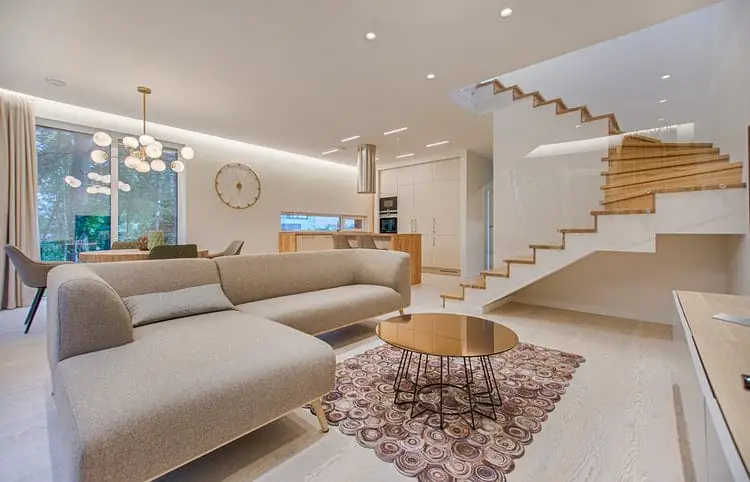Strict offices, handmade furniture, and reducing environmentally damaging waste.
Architects and designers have always tried to look to the future: in the 1930s Le Corbusier fantasized about the ‘Radiant City’, after World War II American architect Richard Buckminster Fuller worked on the Dymaxion project of quality and inexpensive homes, and Charles and Ray Eames developed the concept of ‘better for most for less’ and created durable and affordable furniture. The COVID-19 pandemic brought about inevitable changes in many areas, including design and architecture. Industry representatives have been told what the future holds – here are five key predictions.
A move away from Eurocentric design
With active anti-racism movements not just in the US, but around the world, designers are predicting the emergence of new styles that are less Eurocentric. Palash Choudhary and Uthara Zaharia of Soft-Geometry suggest that more designs inspired by different cultures await us: “Designers of all nationalities are increasingly turning to their country’s history for inspiration.” Evan Gerry of London-based studio Anansi agrees: “This trend is forcing the design field to expand to include even more different perspectives and work that can be relevant to many people. More perspectives are opening up for women, minorities, people with disabilities.”

Handicrafts and technology
Artist and designer Atang Tshikare from Cape Town believes that the fourth industrial revolution awaits us: technology will simplify production and goods that were once considered difficult to make will now become commonplace. At the same time, the designer is convinced that the handicraft and ancient techniques of creating objects will be even more in demand. Artists will work closely with technicians, and together they will perfect products – but the freedom for artistic creation may be limited.
More comfortable and functional furniture
As numerous persons have moved all their everyday duties – work, school, recreation – into their homes, we have also begun to focus harder on furnishings. “It has become essential to establish a comfortable and versatile home climate,’ says American designer Leah Ring. She predicts that more useful furnishings, (for example, a work area that can be effectively changed into a table or particular seats that can be gathered into a couch) will turn out to be progressively popular.
Harmony with nature
After a few months at home, we cannot stress enough the importance of plants in the interior. Designers predict that plants – whether a miniature garden on a windowsill, coconut furniture, or a lush backyard – will have an even greater impact on residential design. “People’s connection to the outside world is changing rapidly,” says New York landscape architect Sara Zewde. – And these changes may signal to us that society is refocusing on the outdoors – people want to spend more time with each other and with nature.”
Make with your own hands
Stuck at home, we’ve started to pay more attention to our interiors and décor, and many have even started creating things with their own hands. Jerome Byron believes that this trend could create a new trend in object design: ‘Over the last few months, I’ve noticed an increase in the number of themed instructional videos on TikTok and YouTube – indicating that people are keen to learn how to make their own furniture. It seems to me that this could revive the DIY aesthetic with materials readily available in general hardware shops.
